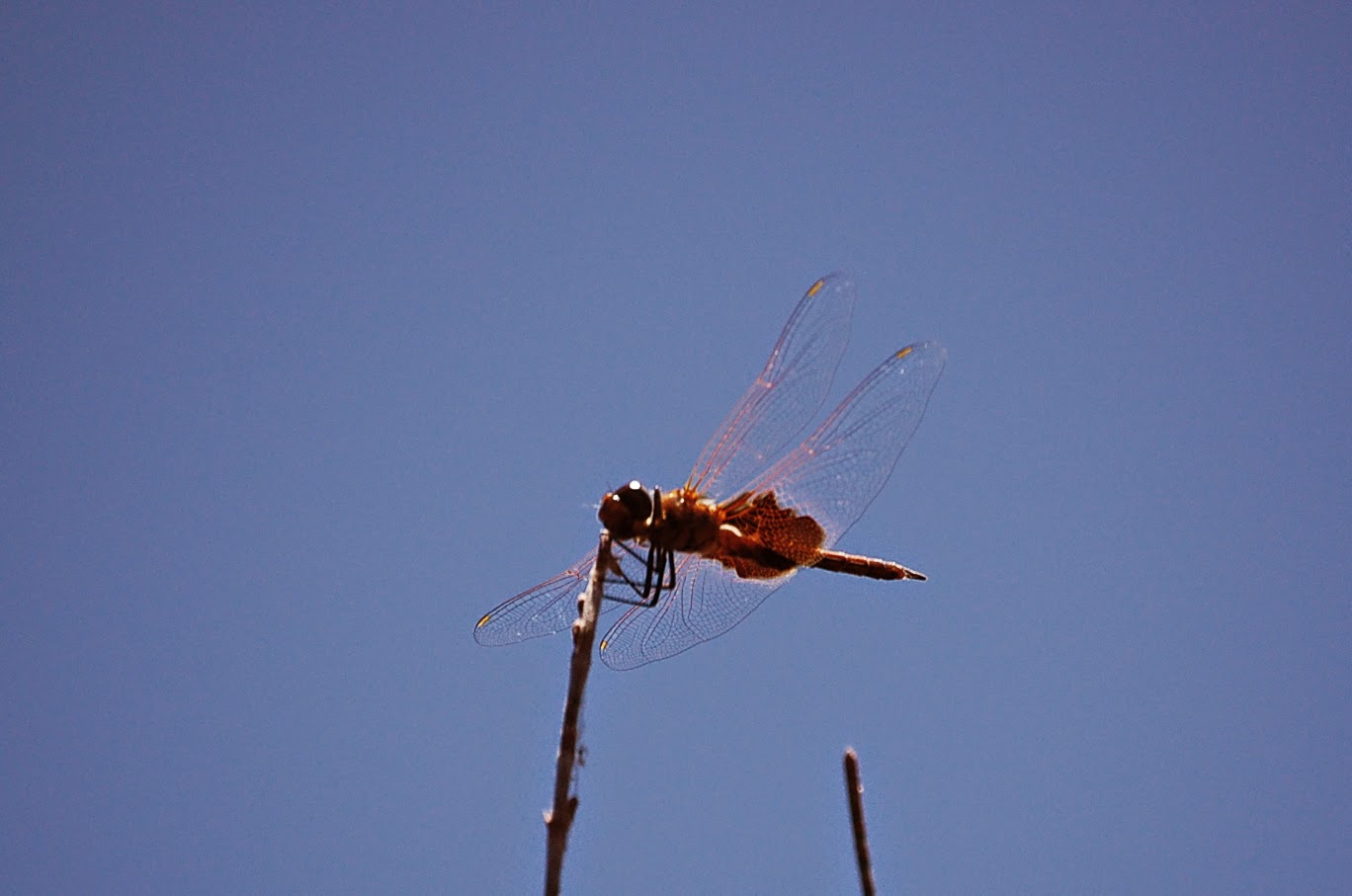 |
| Austracanthus minax female in its web |
 |
| Austracanthus minax Female |
 |
| Macro Image of Austracanthus minax Ventral side |
 |
| Macro Image of Austracanthus minax showing the abdominal pattern |
Location: Lake Clifton
Season: Summer
Class: Arachnida
Order: Araneae
Suborder: Araneomorphae
Family: Araneidae
Austracanthus minax
Austracanthus minax is an easily recognisable spider in Australia. It is called Australian Jewel Spider, given its beautiful patterns. It is abundant during Summer and often associated with the arrival of Christmas, therefore also called Christmas Spider. The genus Austracanthus has just one species with 5 subspecies.
These spiders weave orbs in and around shrubby regions. They are present in aggregations of vast numbers. There are so many that you look up to find the sky is studded with these spiders like stars in the sky with webs ranging among many trees. They are most abundant in November and December (around Lake Clifton) and their numbers start dwindling by January.
These spiders have beautiful yellow, orange and white patterns over shiny black abdomen and very distinctive six black spines. The patterns are variable from spider to spider (polymorphic). The above pictures are of three different spiders, taken on three different occasions showing the variable pattern. They have short stubby legs. The females have reddish brown legs whereas males have black legs with brown tips (all the above spiders are females). The underside of the abdomen is black with concentric yellow patterns. There are morphs that are completely black without the bright coloured patterns. The black forms increase in number during colder months.
Having well developed mouth parts, these spiders can bite but they are not life threatening for humans.












































